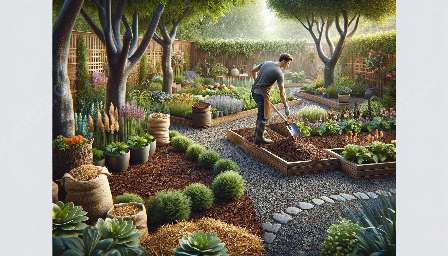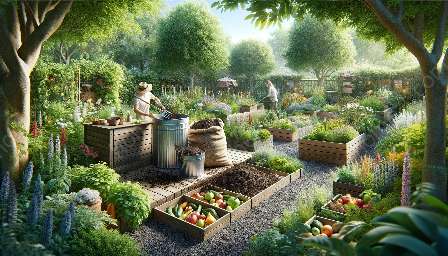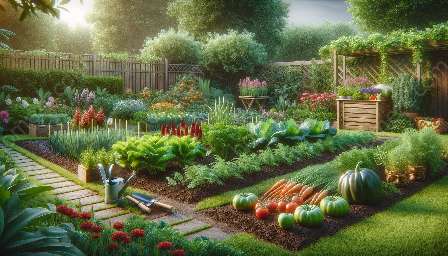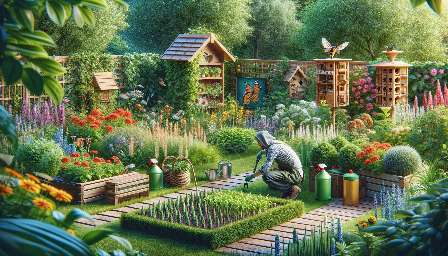Plant propagation is the process of creating new plants from existing ones, whether through seeds, cuttings, or other methods. It's a fundamental skill for any gardener and plays a crucial role in gardening and landscaping.
The Basics of Plant Propagation
Understanding the basics of plant propagation is essential to mastering the art of gardening. There are various methods of propagation, including germinating seeds, taking stem and leaf cuttings, layering, and division. Each method has its unique requirements, and successful propagation often depends on factors such as timing, temperature, and humidity.
Seed Propagation
Starting plants from seeds is a common and cost-effective way to propagate a wide variety of plants. It's essential to select high-quality seeds and provide them with the right conditions for germination. Factors such as soil type, moisture levels, and light exposure are crucial for successful seed propagation.
Stem and Leaf Cuttings
Another popular method of plant propagation is using stem or leaf cuttings. This technique involves taking a piece of a healthy plant and encouraging it to develop roots and grow into a new plant. Proper cutting and rooting hormone application can significantly increase the success rate of this method.
Layering
Layering is a propagation method that involves encouraging a stem on a parent plant to grow roots while still attached to the parent. Once the roots have developed, the new plant can be separated and potted, creating a genetically identical offspring.
Division
For some plants, such as clumping perennials, propagation through division is a reliable method. The process involves dividing the plant into sections, each with a portion of the root system, and replanting them to form new individual plants.
Gardening and Landscaping
Applying the principles of plant propagation to gardening and landscaping can enhance the overall design and health of a garden. Creating new plants through propagation allows for a more abundant and diverse garden, offering a wide range of colors, textures, and forms.
Creating Cohesive Landscapes
Propagation enables gardeners and landscapers to produce multiple copies of the same plant, ensuring a cohesive aesthetic throughout the landscape. This technique also allows for the rapid and cost-effective establishment of large areas or borders within a garden or landscape design.
Enhancing Biodiversity
Propagation contributes to biodiversity by allowing individuals to grow unique and diverse plant species in their gardens. By propagating native and endangered plants, gardeners play a crucial role in preserving and promoting biodiversity in their local environment.
Conclusion
Overall, plant propagation is a fundamental skill that every gardener should master to create a vibrant, healthy garden. By understanding the basics of propagation and applying them to gardening and landscaping, individuals can create beautiful, diverse, and sustainable outdoor spaces. Whether starting from seeds or taking cuttings, the art of plant propagation is a rewarding journey that leads to a thriving and flourishing garden.




















